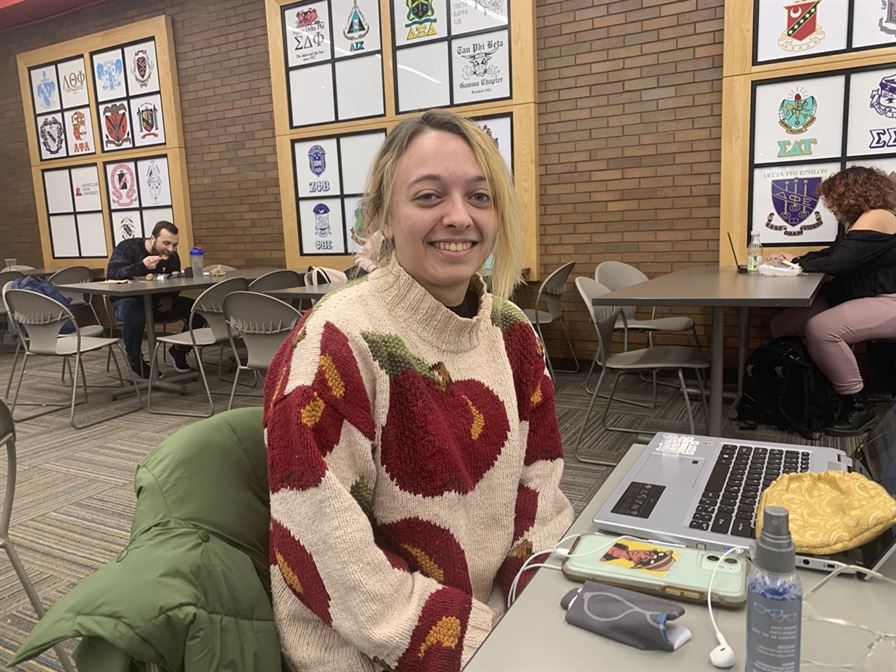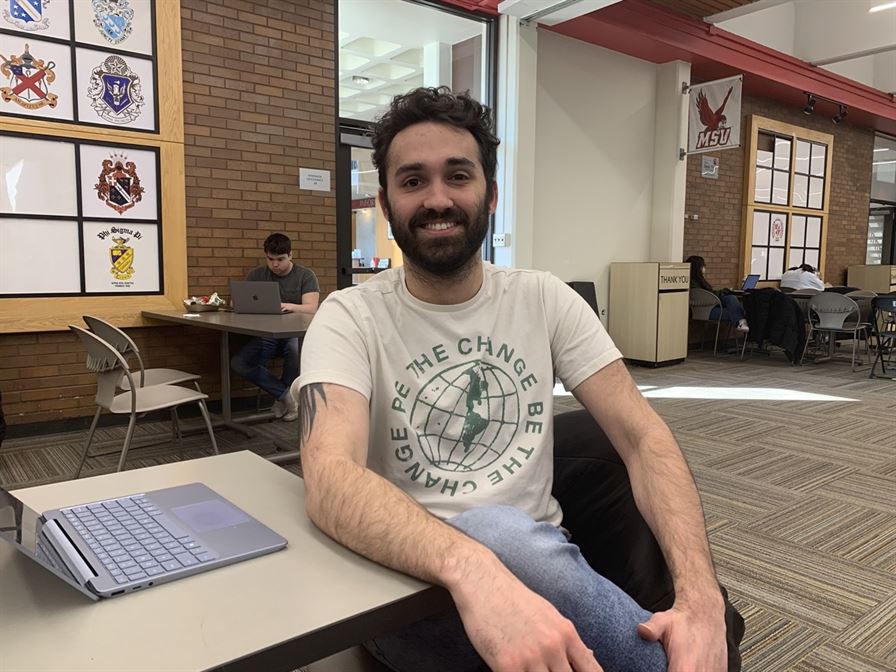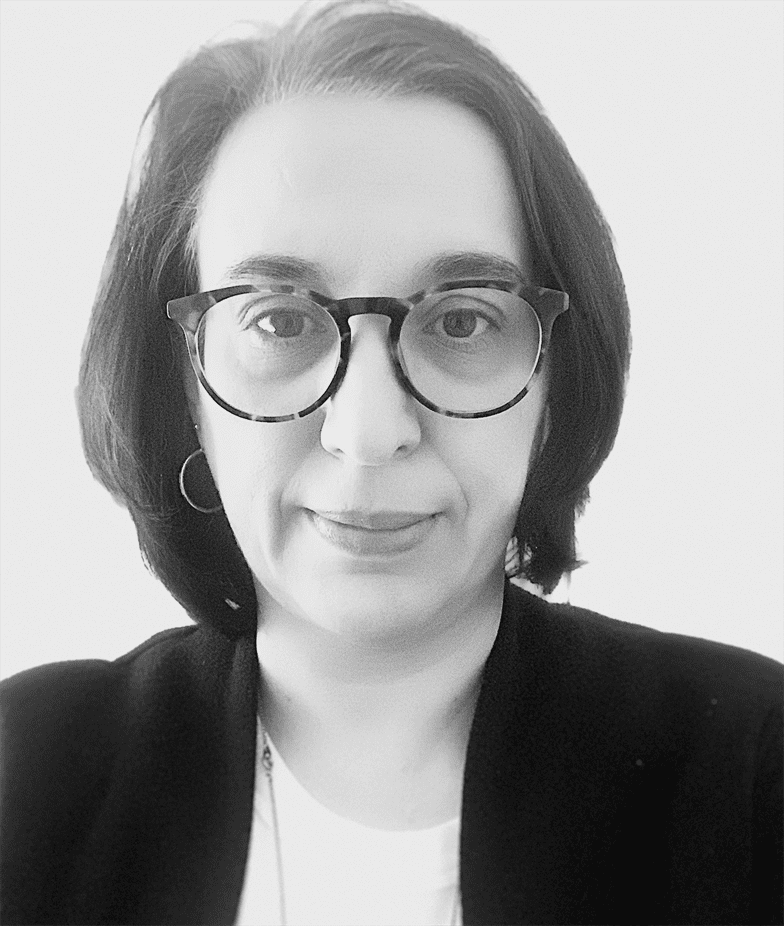Three years since the Coronavirus (COVID-19) pandemic began and reached its height, the Montclair State community shares the most important aspects of all that has drastically changed and what has stayed the same as a result of the pandemic.
Like most institutions worldwide, Montclair State announced on March 17, 2020, that spring semester courses would continue online. Spring break was also extended until March 22.
At the time, President Susan Cole sent out alerts emphasizing how “the University has successfully overcome many challenges throughout its long history” and “we will get through this situation by working together and supporting each other.”
Montclair State has fully recovered back to what it was prior to the pandemic, with many adjustments along the way.
Kira Fucci, a sophomore linguistics major, shared one of her most important innovations reaching farther back when the pandemic began.
“I learned how to use Zoom and an asynchronous class because [COVID-19] started when I was in high school where teachers were not very good with technology,” Fucci said. “I have experience with asynchronous work before, so by navigating that I can take an asynchronous class in university and know what I’m doing.”

Kira Fucci, a sophomore linguistics major, shared how the adjustment to virtual learning helped her in college.
Aidan Ivers | The Montclarion
One upside of the pandemic is that it opened doors for others to nurture new and important practices into their everyday lives like paying more attention to their mental health. Nicole Passero, a freshman journalism and digital media major, highlighted the practices she took on to improve her own.
“As a result of living through the pandemic in my teenage years, one change within myself is that I started to prioritize self-care,” Passero said. “When it first started, I was a sophomore in high school and was always so busy doing work or hanging out with friends that I never had time for myself. I started journaling and meditating in order to improve my mental health, and the pandemic showed me how important it is to prioritize.”

Nicole Passero, a freshman journalism and digital media major, shared the habits she began to improve her mental health from the pandemic. Photo courtesy of Nicole Passero
Max Geary, a sophomore linguistics major, said he has noticed a shift in the way he interacts with others socially.
“I would say something that has changed is I don’t have much of an inclination toward people; I distance myself from people now,” Geary said. “I always wasn’t too touchy with people, but I noticed that [COVID-19] made me not want to be around people as much. I’m still extroverted, and I’ll talk with people, but I don’t get as close to people, physically.”

Max Geary, a sophomore linguistics major, changed socially throughout the pandemic and the three years after.
Aidan Ivers | The Montclarion
Mireya Vilar-Compte, an associate professor in the department of public health, gave some insight into how society as a whole changed from the pandemic, and what is still significantly the same today.
“The pandemic reminded us of the importance of social support, social networks and mental health,” Vilar-Compte said. “This implies rethinking how we work, relate to others and live. However, the mental health crisis has only gotten worse and our health systems are stuck in addressing this issue.”

Mireya Vilar-Compte is an associate professor in the department of public health.
Photo courtesy of Mireya Vilar-Compte
From a national perspective, the impact of the pandemic on immigrants in the United States is a negative aspect according Vilar-Compte.
“We need to keep investing in more equitable health systems and societies,” Vilar-Compte said. “In the specific case for the U.S., the country was kept afloat by immigrants who suffered enormously. No one has recognized this openly, and we should socially do so.”
Vilar-Compte also believes public health institutions should be better designed to keep the general community as informed as possible.
“We need to [be] much better prepared for emergencies and crises. This includes investing much more in public health, as across the globe we saw fragility in some of the essential services of it,” Vilar-Compte said. “Two major areas of improvement would be having a workforce prepared for emergencies and improving communication and information systems such as eHealth. We need to know more about how to make them work efficiently, equitably and people-centered.”


